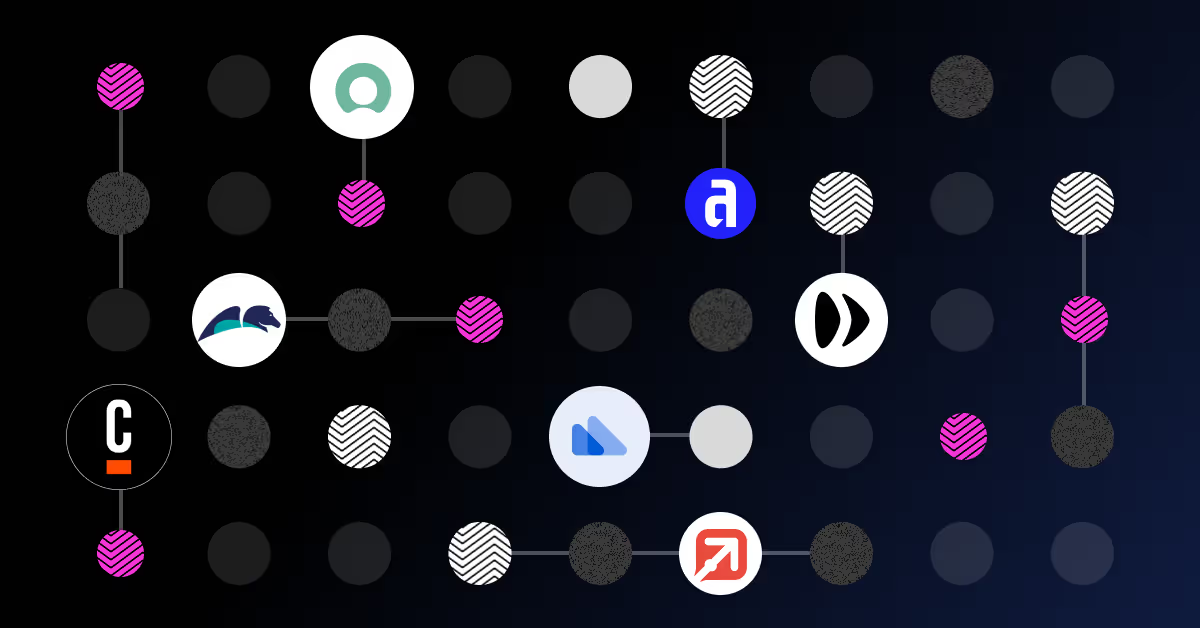Sentiment analysis AI: Instantly track positive, neutral and negative customer interactions

Of all the new AI solutions on the market right now, one that stands out as particularly significant is customer sentiment analysis. Unlike most AI tools primarily focused on the efficiency of performing tasks, sentiment analysis AI has the ability to understand the thoughts and feelings of your customers in real time, enabling you to spot and deal with potential issues before they become a problem. This is a huge leap forward for businesses who have typically relied on lacklustre techniques such as feedback surveys and manual efforts in an attempt at customer satisfaction. The benefits are plentiful, after all, a happier client is more likely to pay you on time, give you business, recommend you to others and recommend you to others.
In this article, we’ll dive into exactly what customer sentiment analysis is, how it works, what separates it from similar solutions, and how you can implement it in your business.
What is Customer Sentiment Analysis?

When you receive hundreds or thousands of communications from your customers each week, there will likely be a wide range of emotional tones being expressed. Some might be angry about a mistake, frustrated something isn’t happening fast enough, or happy that a situation has been resolved quickly. At the same time, many of them may just be neutral interactions without any significant emotion involved. Traditionally, a human would have to read every communication to understand the emotional tone of each email. But sentiment analysis uses Natural Language Processing (NLP) to figure out what a customer is feeling as soon as someone gets in touch.
What is Sentiment Analysis AI ?
Using advanced machine learning models, sentiment analysis AI deeply analyzes the language of any text. Surveys, emails, and social media posts can all be read in a flash to detect subtle emotions and context. Prioritizing communications quickly becomes a simpler task, making sure angry complaints are seen quickly at the front of the queue. Plus, you have a more comprehensive overview of the general mood of your customer base.
Why is Customer Sentiment Analysis important?
Finding out how customers are perceiving your business has, until recently, been a pretty long-winded process. Your best options were to send out a survey or look at your Net Promoter scores, but realistically this means there’s a significant delay in learning what your customers have been thinking about in the last six months.
You might get the feedback and discover that they’ve been unhappy about specific parts of your service, so you decide to make some changes to remedy the situation. However, you’re now looking at a further wait to find out if the changes you made had the desired effect – but what if they didn’t? Then you go back to the drawing board, try something else, and the whole procedure starts again. It's a highly inefficient way of managing customer satisfaction.
That’s why sentiment analysis is a big upgrade. It gives you real-time information on what your customers are feeling in the moment. If there is dissatisfaction brewing, you’ll know right away, you can take steps to fix it immediately and monitor the impact your efforts make.
How does Customer Sentiment Analysis AI actually work?

Sentiment analysis models are trained on huge amounts of text data, all of which has been labeled across the spectrum of emotions, from extremely positive to very negative. Through this training, models learn the unique linguistic patterns that denote a range of sentiments and, subsequently, the emotional tone of any new text provided. A good model can comprehend subtle differences and the intensity of sentiment, and support you in providing a better service to customers than ever before.
How can sentiment analysis be used to improve customer experience?
You can use AI to really get a handle on how your customers are feeling in real time. Customer sentiment analysis instantly scans through all the feedback you get emails, chat messages, social media posts etc, and figures out whether people are happy, frustrated, or somewhere in between. This means you can quickly spot when someone’s having a bad experience and jump in to fix it before it becomes a bigger issue. Plus, it can help your customer service team prioritize the most urgent problems, making sure that the really upset customers get help first. It’s like having an extra layer of intelligence to guide your responses and make them more empathetic.
But it’s not just about putting out fires. Customer sentiment analysis AI can also show you trends over time, giving you a heads-up if a lot of people start complaining about the same thing. This proactive approach means you can tweak your products or services based on what customers are actually saying. And it’s great for understanding how your team is doing too. For instance, you can see which customer agents are getting the best reactions and where others might need a bit more training. Overall, it’s a powerful way to keep your finger on the pulse of customer satisfaction and make smarter decisions to keep your customers happy and loyal.
Customer Sentiment Analysis AI examples
Let’s get into some tangible examples of how sentiment analysis AI works in business operations.
- Prioritizing Customer Support: Sentiment analysis doesn’t only apply to emails – support tickets and chatbot conversations can also be incorporated. Whenever a communication arrives that is recognized as having a negative sentiment, it gets flagged for immediate attention.
- Social Media Monitoring: Want to know what customers are saying about you online? Sentiment analysis can scan social media platforms for mentions of your brand and products, telling you whether the conversation that’s happening is positive and glowing or littered with complaints. Once again, any negativity can be quickly detected so you can swing into action.
- Product or Service Feedback: Reviews on websites like TrustPilot or Google Reviews are often the first place new customers go to get the lowdown on a company. Monitoring the feedback you get here is an essential part of keeping your brand image healthy. Sentiment analysis keeps you constantly in the know about the emotional tone of the feedback you’re getting, helping you to manage problems effectively. Plus, you get a better understanding of likes and dislikes, so you can make improvements where they’re most needed.
- Proactive Churn Prevention: It’s no secret that loyal customers are more valuable to a company than new ones, which is why keeping your customer churn rate low should be a headline priority. Sentiment analysis tracks the satisfaction of your customers over time and uses the information to predict when a customer may be at risk of walking out the door. You are then one step ahead and have the opportunity to turn the situation around.
How to implement Customer Sentiment Analysis AI with Enate
You’d be forgiven for thinking that implementing Customer Sentiment Analysis AI sounds super complicated and something that would require a crack team of AI experts to implement. The good news is that there are ready-made solutions like EnateAI that allow you to simply ‘switch on’ customer sentiment analysis AI without the need for coding, complex MLOps or excessive costs. Enate AI is powered by Microsoft Azure OpenAI service and offers the highest levels of security, compliance and governance.
EnateAI essentially jumps three steps ahead with an advanced sentiment analysis tool that automatically checks emails for sentiment. It’s integrated within Enate’s platform, so you don’t have to pay for complex MLOps and can react to sentiment analysis within your existing workflows.
Employees who use EnateAI can immediately start triaging emails based on sentiment, with an estimated accuracy of 97%. Leveraging and operationalizing large language models means that Enate can more accurately determine sentiment across a wider range of inbound data with resilience to quality. It also removes the need to manually read through each email and check for sentiment, saving businesses valuable time.
Watch our Customer Sentiment Analysis video
Prefer to watch a video? See our Founder and CTO, Kit Cox explain how Customer Sentiment Analysis can be switched on at the touch of a button using Enate.
Discover our customer sentiment AI solution
Enate's sentiment analysis AI solution is available as part of the wider Enate package or can be purchased on its own. Book a demo, speak to sales or visit our dedicated page below to find out more.





